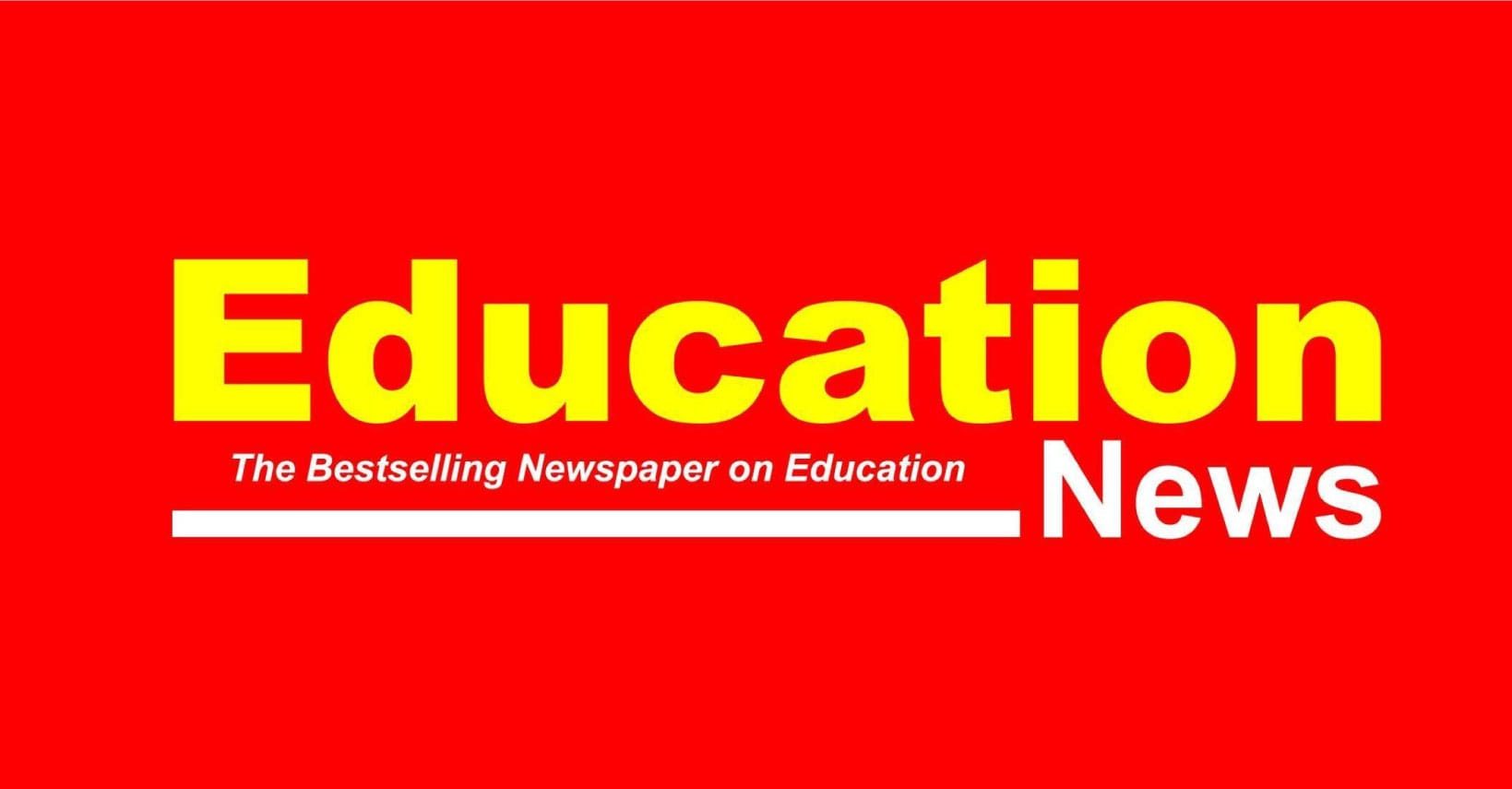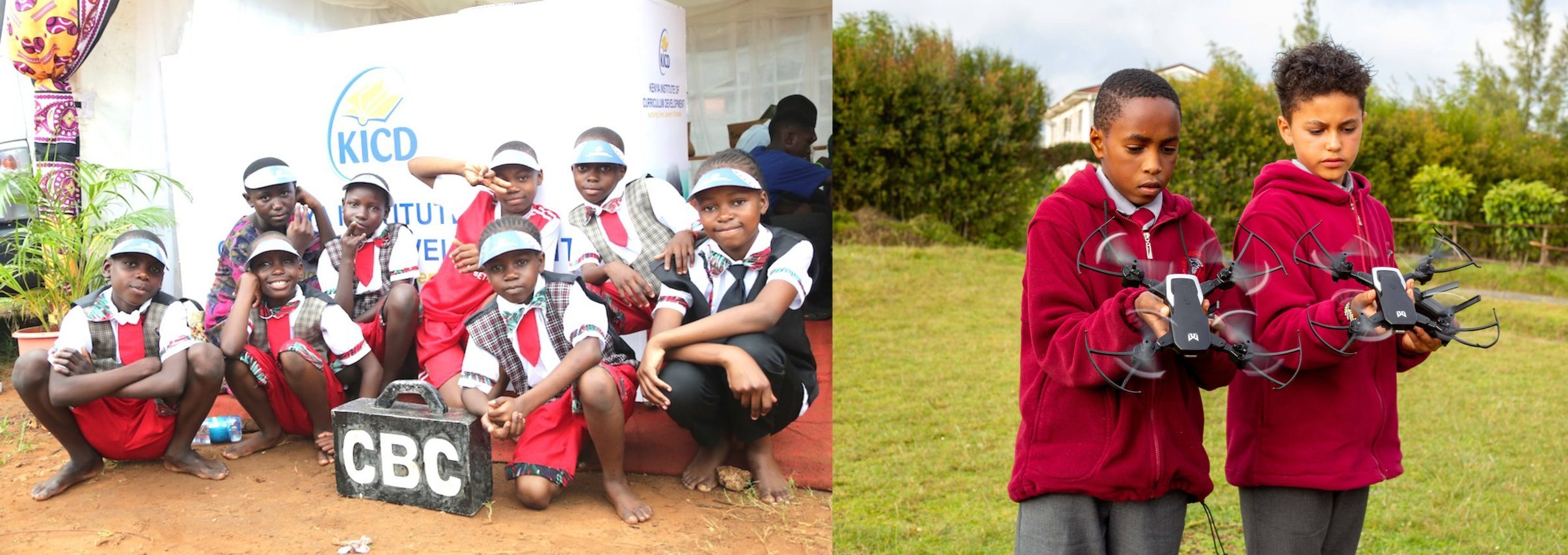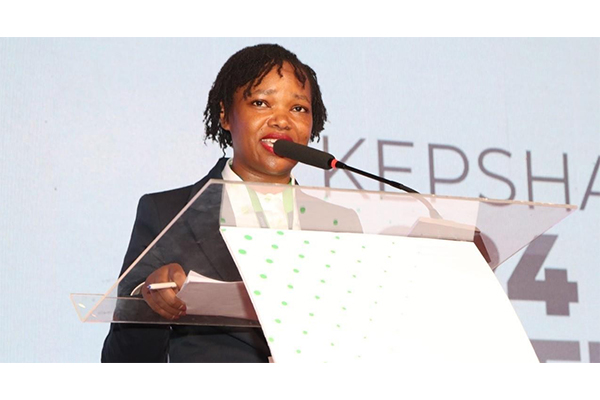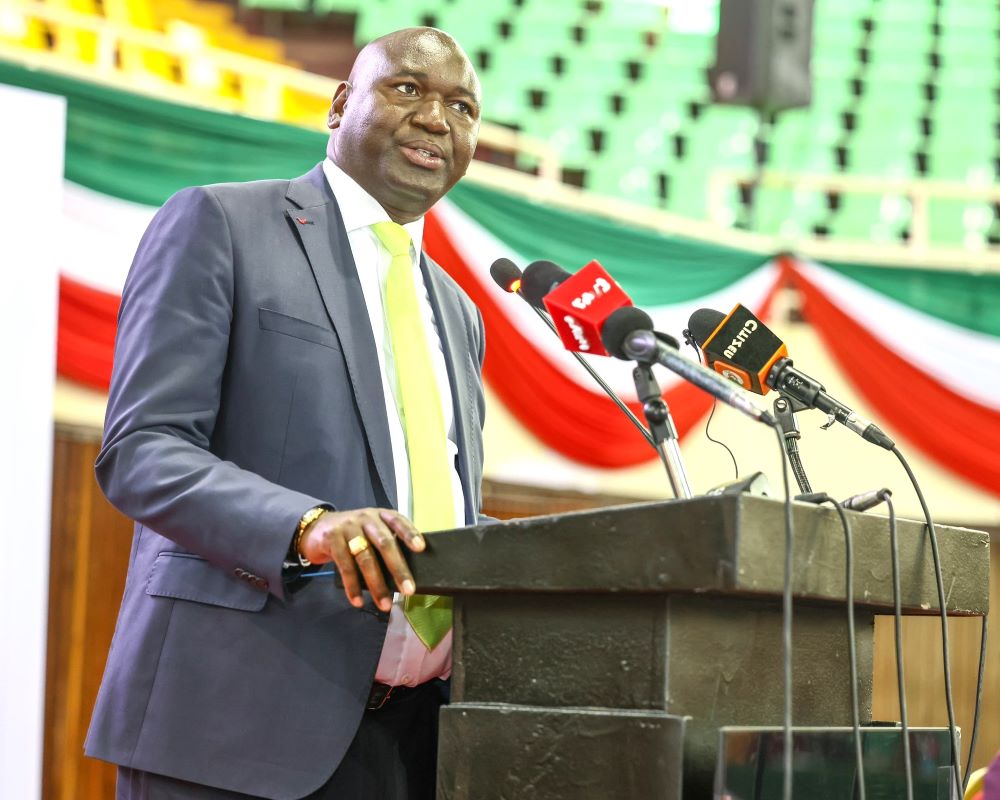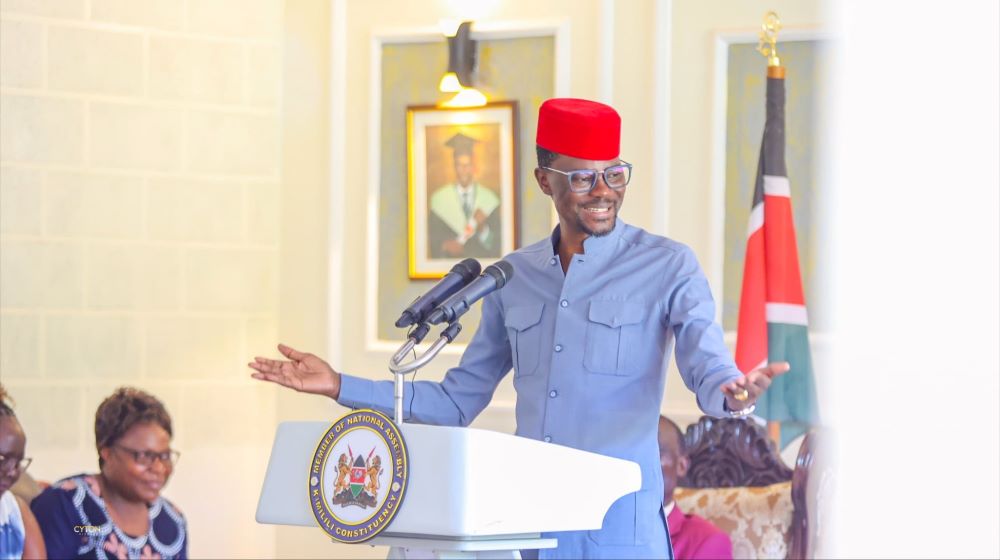Kenya’s classroom is a crossroads. On one hand, there’s the Competency-Based Curriculum (CBC); the patriotic, ambitious reform designed to grow thinkers, doers and citizens. On the other, international tracks such as Cambridge, IGCSE, and American style programmes offer tidy, polished pathways to global universities and markets. The choice is not just about textbooks; it’s about identity, equity and what kind of country Kenya wants to become.
CBC was rolled out to move Kenya away from rote memorization and toward real world competencies: critical thinking, creativity, communication and collaboration. It restructures schooling into stages that allow early talent spotting, applied learning and; ideally; relevance to local needs like agriculture, entrepreneurship and community service. The curriculum is explicitly designed for a 21st century Kenya that needs innovators, not just exam takers.
International curricula, on the other hand, are compact, predictable and globally portable. They come with tested assessments, examiner moderation and recognitions that open doors to universities in the UK, US and beyond. For parents who prize measurable benchmarks and for students aiming for cross border study, these programs are reassuringly reliable. They are also expensive and concentrated in private urban schools, which make access a privilege, not a right.
In practice, the two approaches create different learning environments. CBC asks teachers to design projects, assess soft skills and link learning to local contexts. International syllabi are subject-focused, exam oriented and come with ready-made schemes of work and mark schemes. If you want your child building a robot that solves a farm problem, CBC might push that. If you want neat grade predictability and a passport to Sheffield or Stanford, international curricula are engineered for that outcome. But design alone doesn’t guarantee impact: implementation is the battleground.
CBC’s ambition runs into two brutal facts; money and capacity. Numerous studies and audits show gaps in teacher training, infrastructure, learning materials and fair assessment systems. Where CBC works; typically in well-resourced urban schools; it can transform learning. Where it struggles; understaffed rural schools or crowded classrooms; it risks becoming an underfunded promise. Meanwhile, international curricula thrive where families can pay for smaller classes and private tutors, creating a two tier system. The net result: good intentions can amplify inequality if rollout isn’t matched by investment.
ALSO READ:
Nandi Schools advised to plant fruit trees to boost forest cover, diet
CBC’s ambition runs into two brutal facts; money and capacity. Numerous studies and audits show gaps in teacher training, infrastructure, learning materials and fair assessment systems. Where CBC works; typically in well-resourced urban schools; it can transform learning. Where it struggles; understaffed rural schools or crowded classrooms; it risks becoming an underfunded promise. Meanwhile, international curricula thrive where families can pay for smaller classes and private tutors, creating a two tier system. The net result: good intentions can amplify inequality if rollout isn’t matched by investment.
So, which is better for Kenya? Neither is a one size fits all miracle. Each serves different purposes. CBC is better for a Kenya that wants to build its own future workforce, strengthen local problem solving and democratize creative skills. International curricula are better for families chasing global mobility and internationally benchmarked qualifications. But if we must pick what’s better for Kenya as a nation, CBC holds the strategic edge; if, and it’s a big if, the state commits the resources, honest teacher training and credible assessment systems required.
To make CBC the success story it was meant to be, Kenya needs a pragmatic roadmap, not another round of policy speeches. First, fund the rollout; physical resources, assessment tools and continuous teacher coaching must match the ambition. No reform thrives on slogans alone. Second, blend strengths; adopt international assessment rigour where useful, keep CBC’s local relevance and entrepreneurship units. Hybrid pathways would allow students to pivot between local and global futures. Third, protect equity; subsidize quality CBC resources in rural and informal settlement schools and regulate private providers so dual systems don’t become permanent social sorting. And fourth, measure what matters; track long term outcomes such as employability, civic engagement and higher education access, not just Form Four pass rates.
If Kenya wants to be a supplier of thinkers, makers and ethical leaders in a fast changing world, CBC is the map that points in that direction. But a map without roads, bridges and drivers is useless. International curricula will continue to serve families aiming outward; and they will remain a useful benchmark. The real win is not choosing one and burning the other; it’s building a resilient education ecosystem where the CBC’s civic, creative aims are real and where global standards are used selectively to lift quality for all.
In short: CBC is the better national project; international curricula are the better export ticket. Fund the project, mind the gap and let Kenyan children keep both doors open.
By Angel Raphael
Angel Raphael is a seasoned CBC English teacher and trainer passionate about inspiring creative, competent and confident learners in Kenya’s classrooms.
You can also follow our social media pages on Twitter: Education News KE and Facebook: Education News Newspaper for timely updates.
>>> Click here to stay up-to-date with trending regional stories
>>> Click here to read more informed opinions on the country’s education landscape
